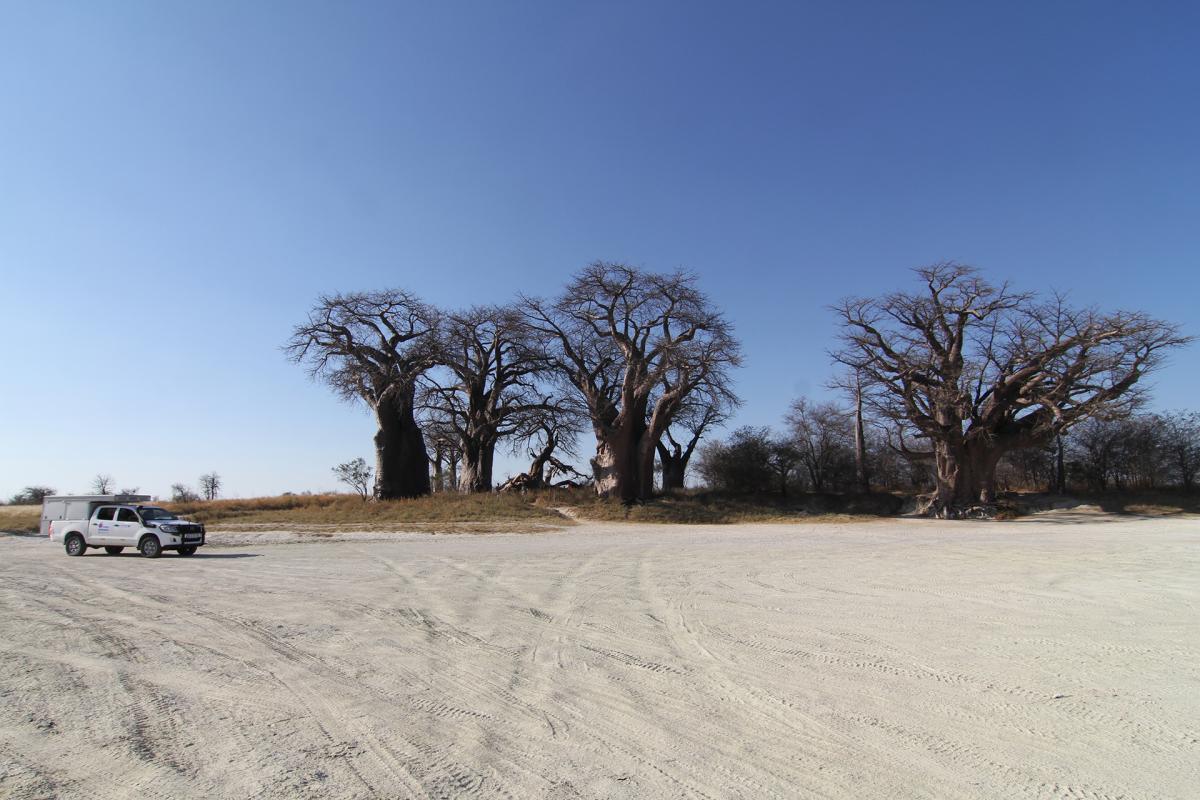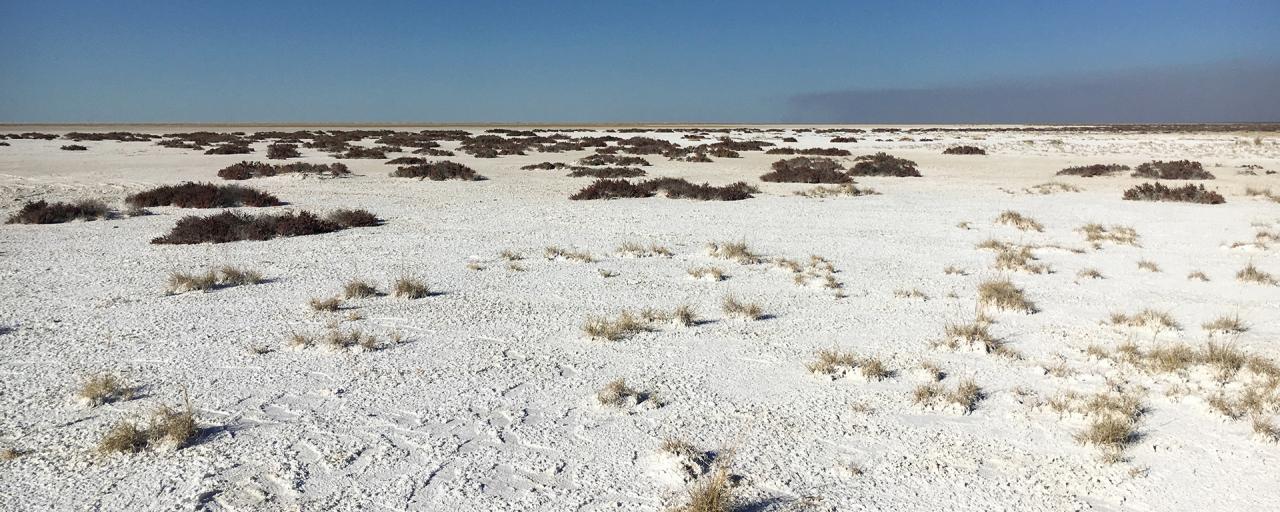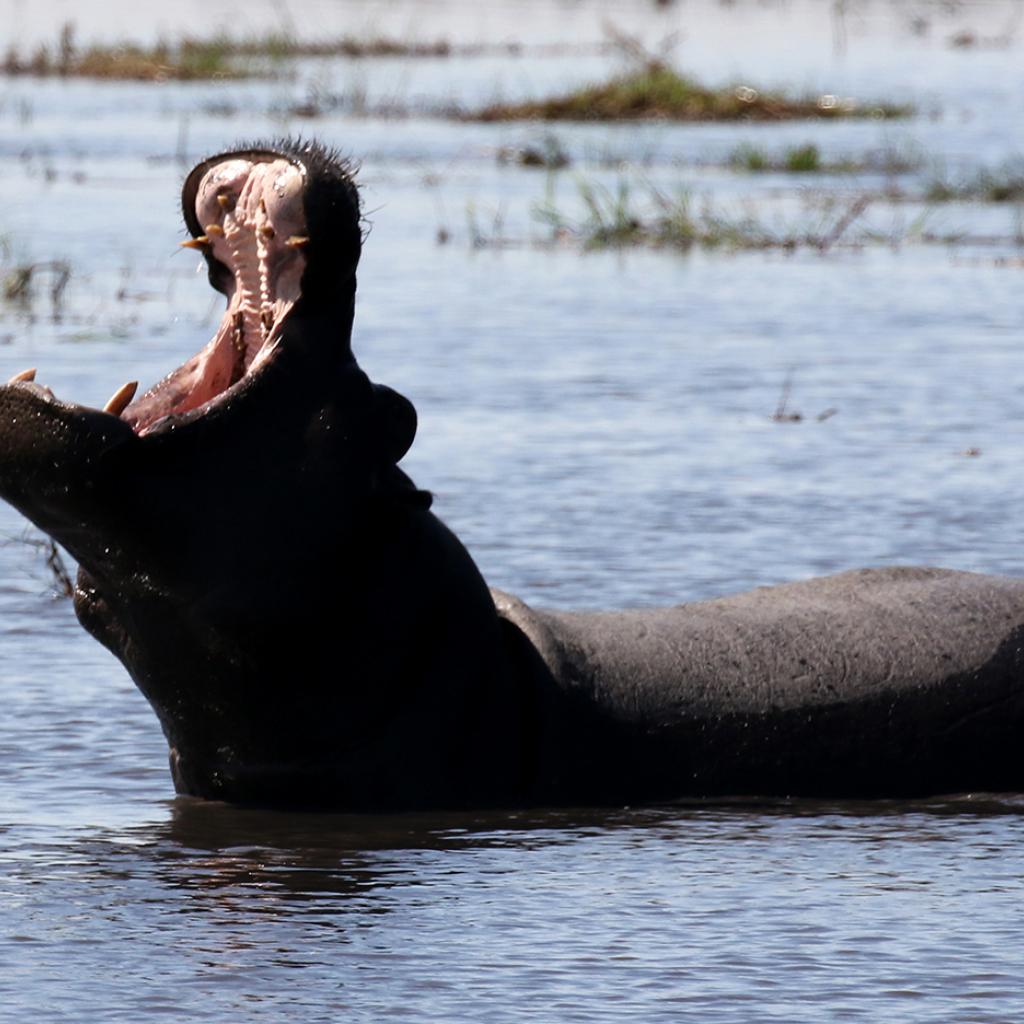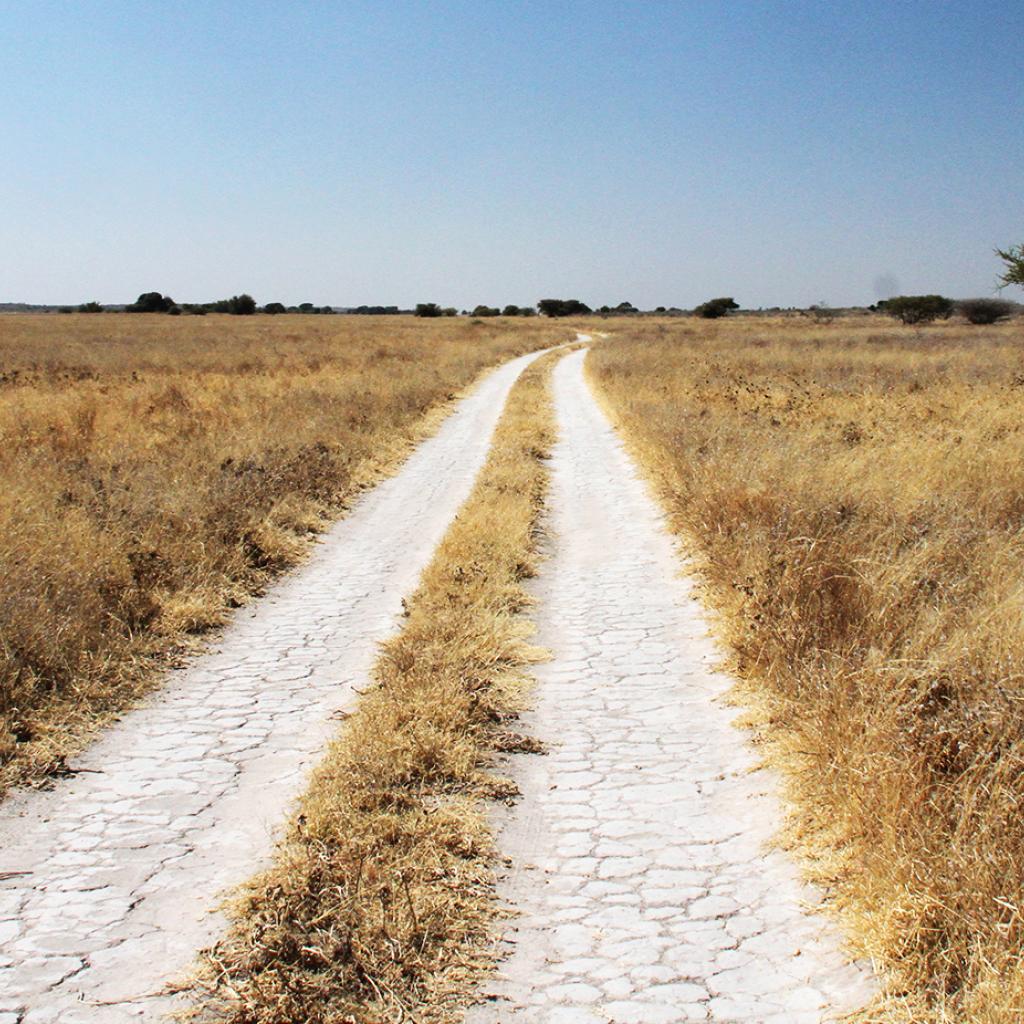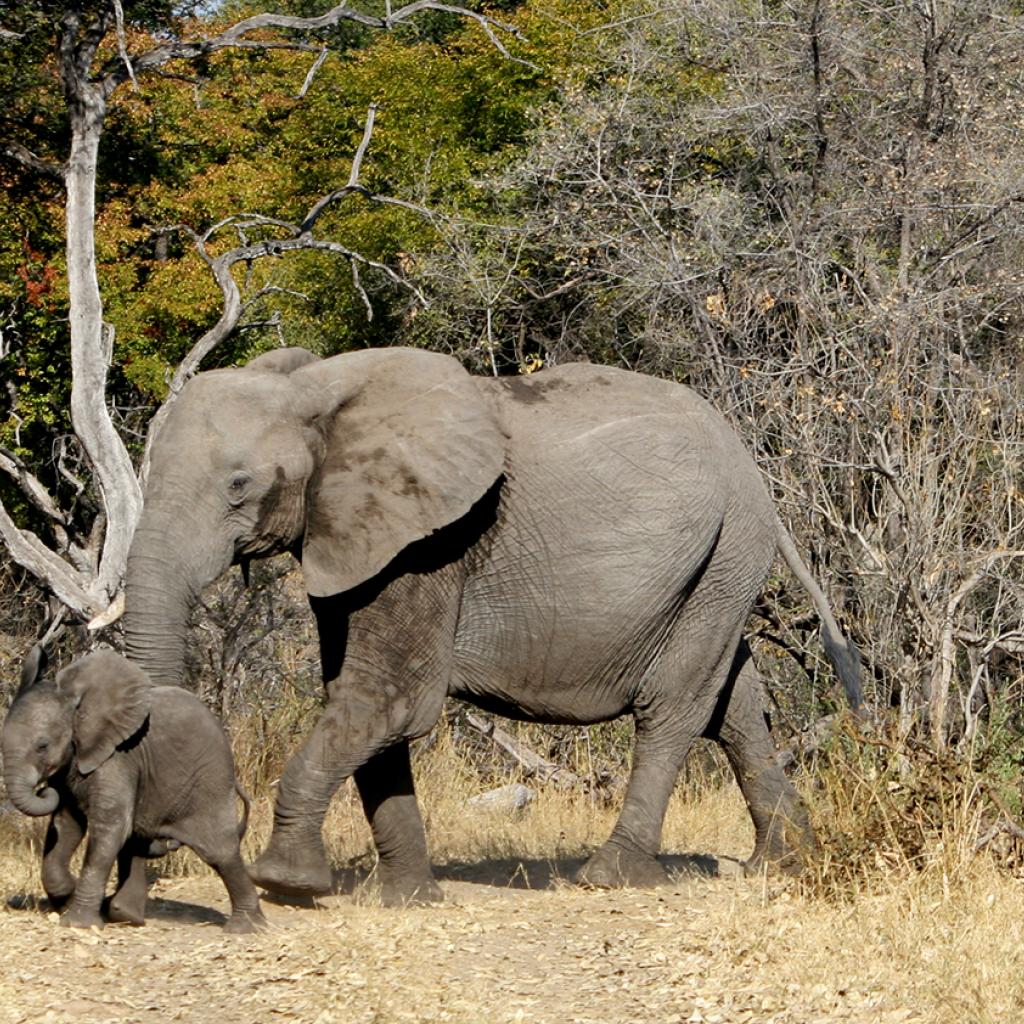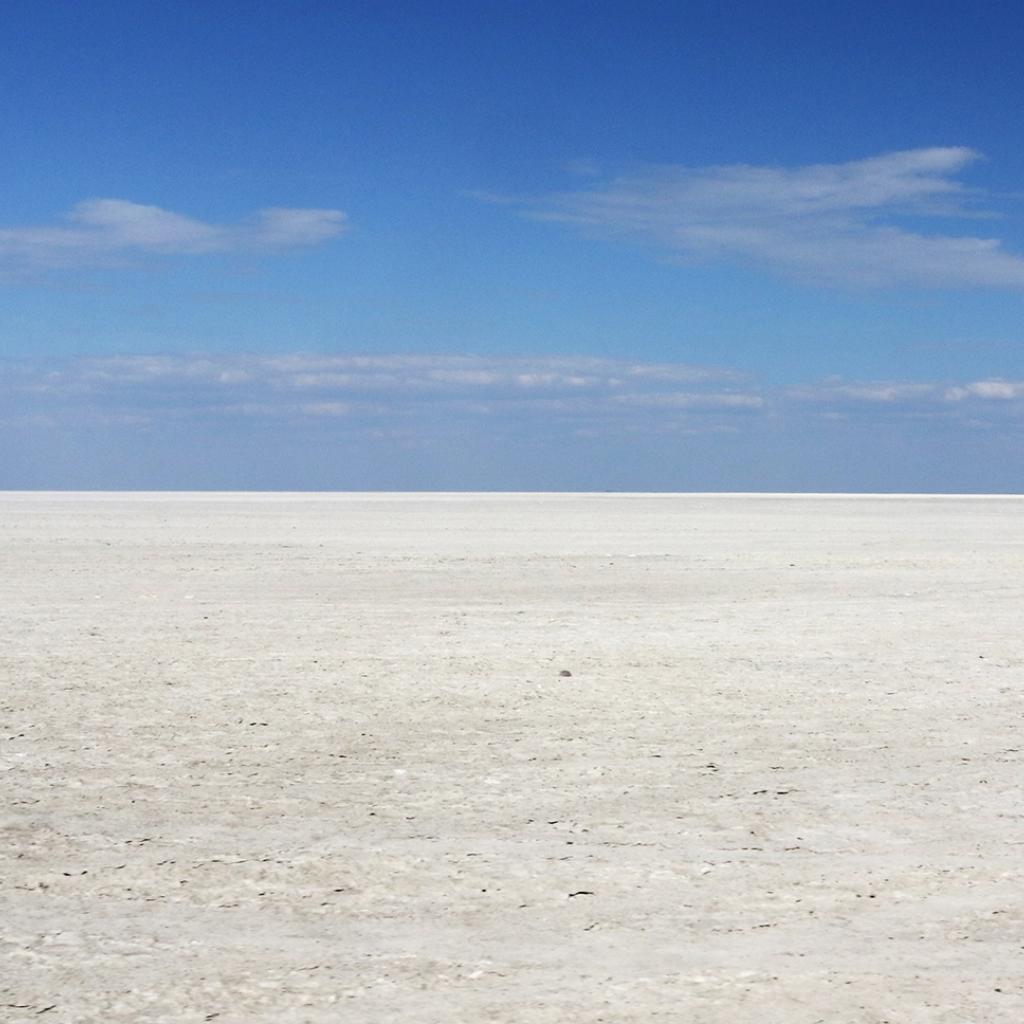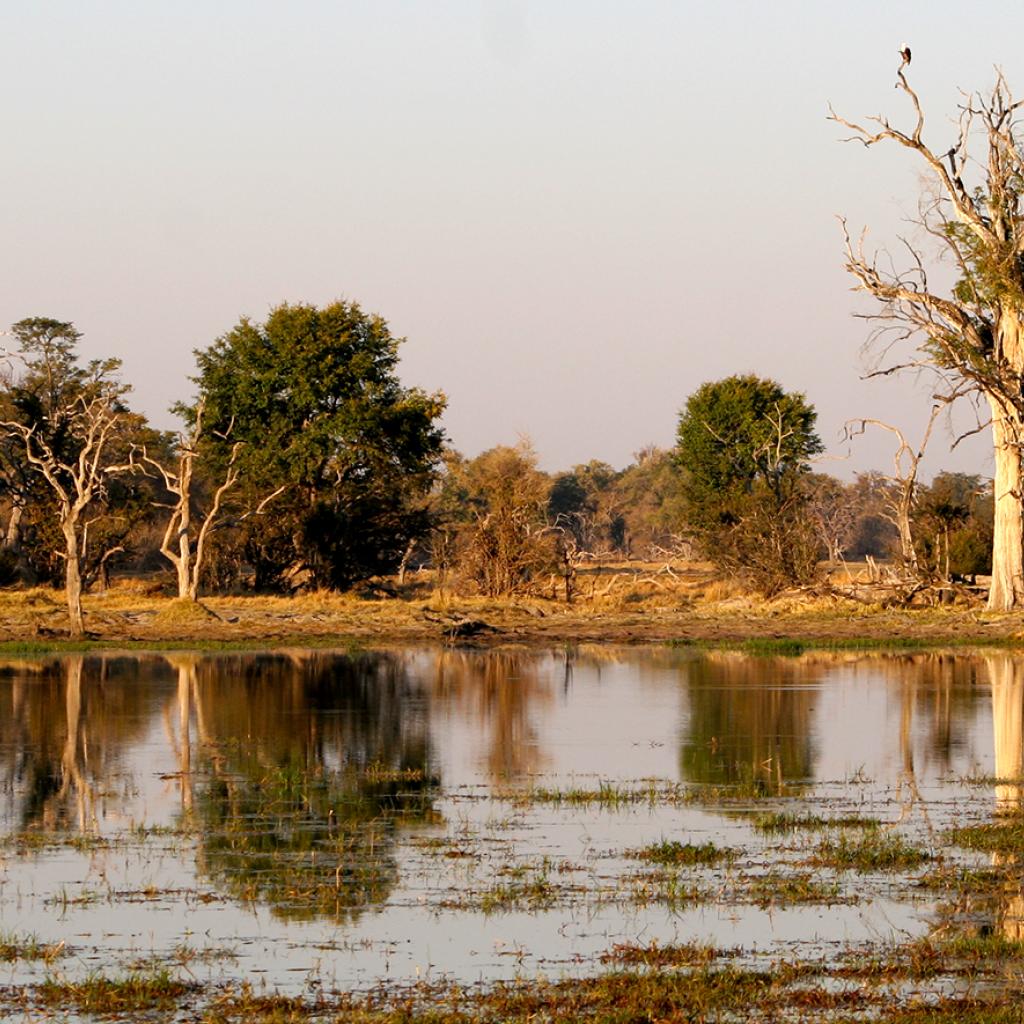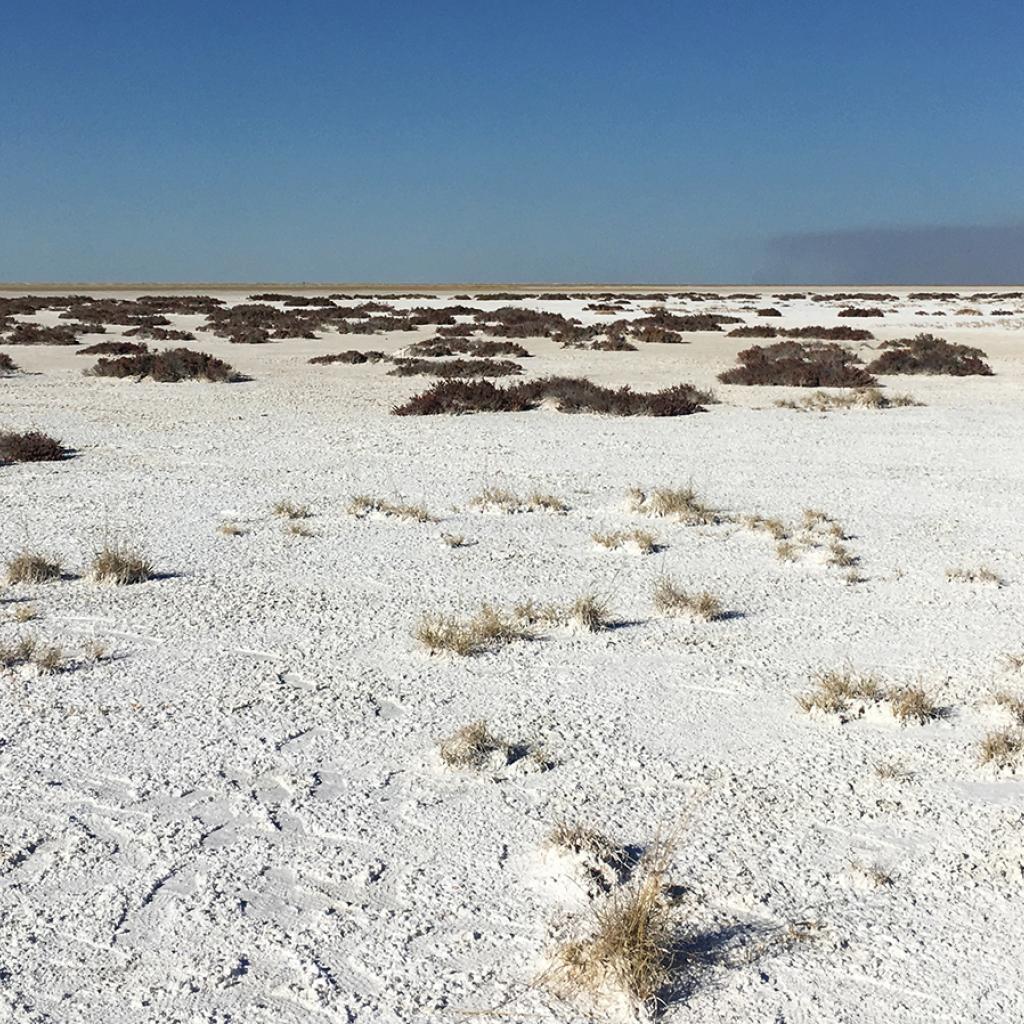The dry season in Botswana runs from May to October, September and October are the driest and hottest months, while the months of June, July and partly August are the coldest months of the year; in these months temperatures may drop below zero during the night.
These are the months when most travelers visit the country, especially from mid-July to September, and are therefore the most expensive months.
The reason why many visitors go to Botswana in these months is due to the fact that the absence of rain makes it easier to move around the country, while the sky is always clear, the sun shines and the sunsets are spectacular.
In addition, the vegetation is poorer and this can facilitate sighting, even temperatures are lower and this causes some animals, such as the leopard and the lion, to be active even in the daytime.
The months of June, July and August are the coldest of the year, the night the temperature may fall below zero in the Central Kalahari, especially in June and July; since September the temperatures begin to rise.
The October days are particularly hot, especially in the Central Kalahari Game Reserve, in the central area of the Chobe National Park and in the Makgadikgadi Pans complex, here the temperature reaches easily 40 ° C, this is why the month of October is known as the "suicide month".
The Okavango Delta area usually has milder temperatures, during the night it never goes below zero, and even in the daytime they are more moderate, while the October days, though wet, are more bearable; all this thanks to the presence of so much vegetation and plenty of water.
Driving during the dry season is quite simple, most slopes have a compact bottom and the car has good ground adhesion, you have to be ready to drive on sand only if you want to venture into some areas, such as the Kalahari Central Reserve.
At the beginning of the dry season the vegetation gradually becomes less lush, until it gets dry; even the puddles, that are filled with rains, slowly drain.
In the dry season, during the months of September and October, many trees lost their leaves and the grass of the grasslands became yellow; only in the Okavango Delta vegetation can count on the presence of water and therefore is lusher than elsewhere.
The scarcity of water and edible vegetation means that the animals are concentrated in the few existing water sources; this makes sightings easy, sometimes it is enough to place yourself near one of the few waterholes or go down along one of the rivers.
The concentration of herbivores in some areas has, as a result, that many predators are positioned in strategic locations to ambush.
